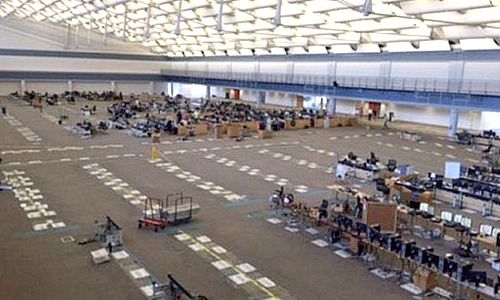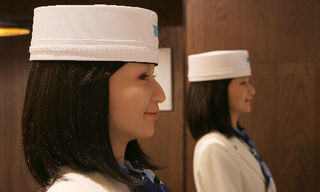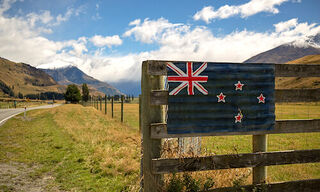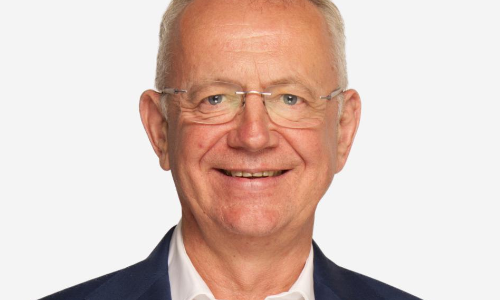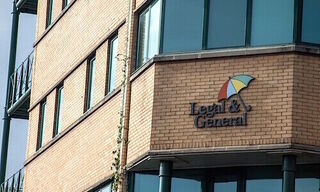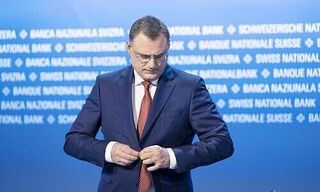Once the world's largest trading floor and a signal of UBS' ambitions in the U.S., the Swiss bank's Stamford trading floor is set to become a roller derby arena, an ice-skating rink or a film stage.
Built in the 1990s, the Swiss bank's trading floor in Connecticut was as big as 20 basketball courts, 44 tennis courts, or almost as large as the the flight deck of the U.S.' largest aircraft carrier, the USS John F. Kennedy.
The 8,625-square-meter space entered the Guinness Book of World Records in 2002 the world's largest trading floor (pictured below), and became a symbol of the Zurich-based bank's ambition to break into the U.S. bulge bracket, something competitor Credit Suisse had only done by buying a U.S. investment bank, First Boston.
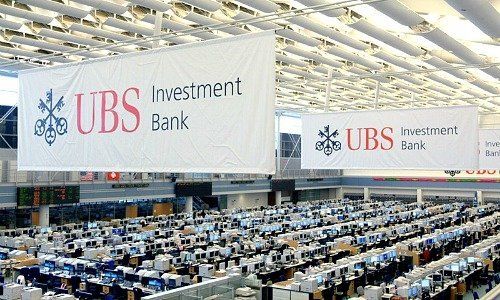
The 13-story building next to Stamford's Metro train station is nearly empty now, shoulders a nearly $150 million mortgage, and has become symbolic for the decline of Wall Street as much as for UBS' near-collapse.
UBS Cracks Bulge Bracket
What happened? It began with Marcel Ospel, who wanted to break into the top league of U.S. investment banks in 2000. At first, UBS was successful under bond veteran John Costas, who was bulking up as rivals were shedding following the tech bubble's burst and was able to attract investment bankers who may not have even known who UBS was a few months before.
By 2005, UBS had reached the U.S. bulge bracket of top-five investment banks in the U.S. Stamford was teeming with hundreds of traders, the subject of fawning coverage by the U.S. business press, and at one point, handled every ninth share traded.
The Swiss bank had so much trust in Costas that it named him deputy CEO under Peter Wuffli, a position he held for just over one year.
The reason was that, together with Ospel and Wuffli, Costas had in 2005 hatched a way for to get into the hedge fund boom sweeping over Wall Street. Costas, along with top fixed income executive Michael Hutchins, left Stamford for Manhattan to carve out an internal hedge fund which was given several billion initial funding from UBS to begin trading.
Stamford Shrinks
The move was effectively the beginning of the end for UBS Stamford: Costas and Hutchins raided the Swiss bank's trading ranks for talent, leaving UBS depleted and ill-equipped to deal with the financial crisis about to hit.
In 2007, UBS began racking up losses on subprime mortgage-backed securities: the bank and the hedge fund had doubled up on the same toxic securities, multiplying losses. All told, the bank racked up more than $50 billion in losses before it was eventually forced to take a Swiss government bailout in 2008.
Hundreds of Stamford bankers were let go or left, a move which intensified in 2012 when new CEO Sergio Ermotti shifted UBS' business towards private banking and away from trading and fixed income in particular.
One Final Hit
By the time then-and-now pictures of Stamford during its trading heyday versus the vast emptiness after its restructuring surfaced, the metamorphosis was complete.
The firm which controls the debt on UBS' former trading floor has begun shopping the mortgage to potential buyers, but isn't expected to recoup the debt since UBS has vacated the premises. Ideas from officials in Stamford – where vacancy rates are nearly 30 percent – range from call centers to roller derby arenas, ice-skating rinks, or even film and television sound stages.
Ironically, the mortgage on the former UBS property was converted into mortgage-backed securities. The debt is expected to sell below the amount of the mortgage because of the low property value, which means a final hit for bondholders from UBS' ambitions in the U.S.

